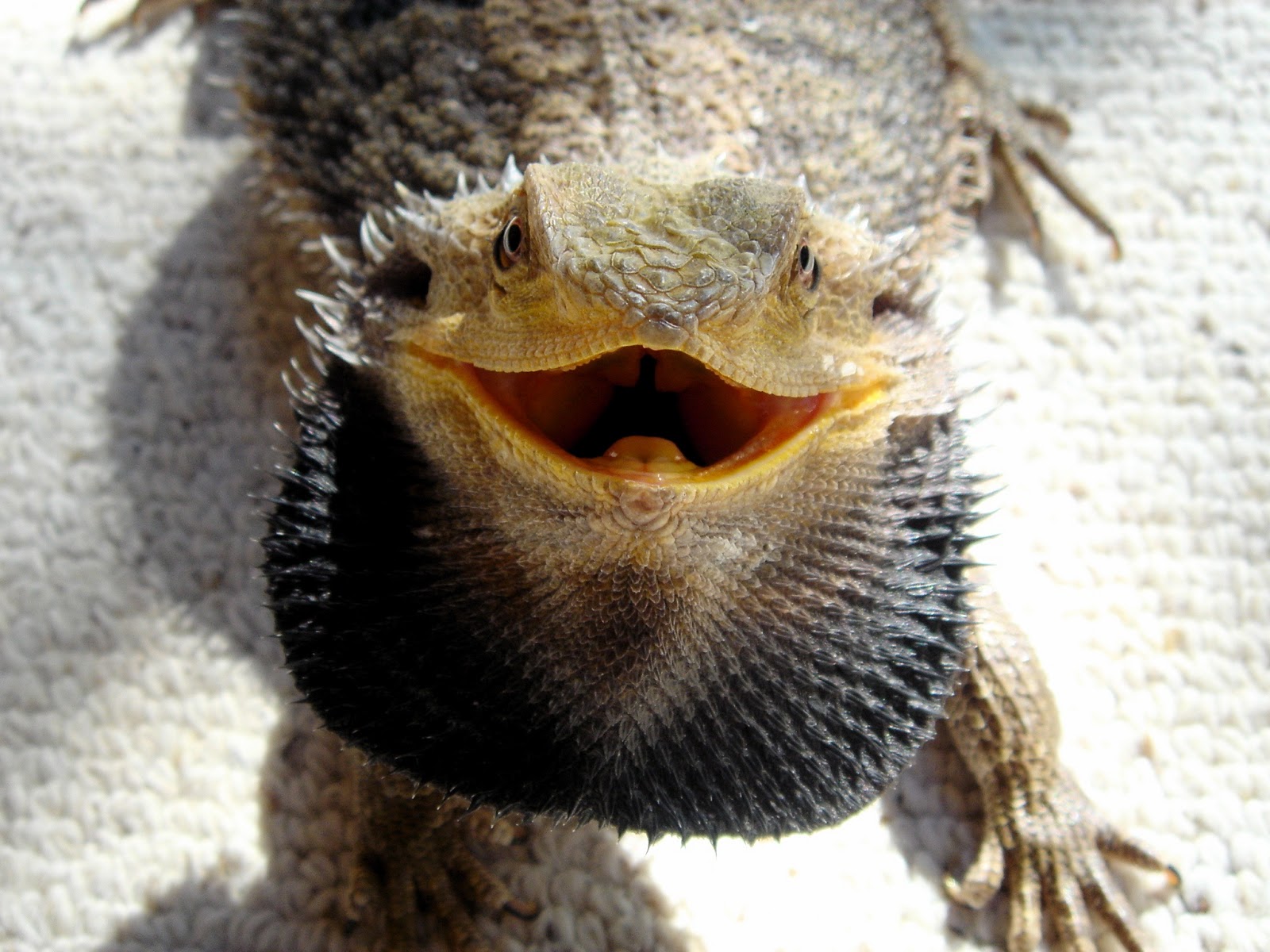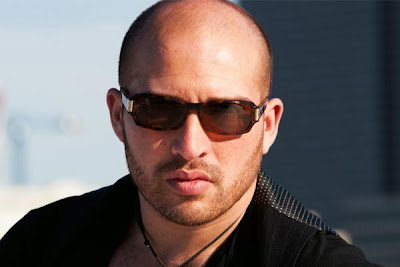The Ultimate Guide to Bearded Dragon Head Anatomy for Beginners
What Is Bearded Dragon Head Anatomy?
Bearded dragons are popular pets for reptile enthusiasts. They are fascinating animals characterized by their unique appearance, friendly nature, and relatively low maintenance needs. One of the most important aspects of keeping bearded dragons healthy and happy is understanding their anatomy, including their head structure.

Skull and Jaw
Bearded dragons have a bony head with a powerful jaw that allows them to eat a variety of foods, including vegetables, fruits, and insects. Their skull is flat and wide, and their snout is relatively short and blunt. The most notable feature of their head is the beard, a spiky projection of skin under their chin that can be expanded or flattened depending on the situation.

Eyes and Ears
The eyes of a bearded dragon are large and round, with a bumpy texture on the eyelids. They have a good sense of vision and can see in color. Bearded dragons also have ear openings just behind their eyes that are covered by a thin layer of skin. Although they cannot hear as well as dogs or cats, they can still detect vibrations and respond to sounds in their environment.

Nasal Openings and Mouth
Bearded dragons breathe through their nasal openings, which are located on the sides of their snout. They also have a forked tongue that they use to detect smells and tastes. The mouth of a bearded dragon contains teeth that are used for gripping and tearing food. However, they do not have molars or the ability to chew their food, so it is important to provide them with small and digestible pieces of food.

Scales and Texture
The skin of a bearded dragon is covered in small scales that provide protection and help regulate their body temperature. The scales on their head are slightly larger than those on their body and have a rough texture. When bearded dragons shed their skin, the process usually starts from their head and progresses towards their tail.

Conclusion
Understanding the anatomy of a bearded dragon’s head is important for keeping them healthy and happy. By knowing their structure and how it relates to their behavior and needs, you can provide them with the right type of care, including food, habitat, and proper handling. With proper care, your bearded dragon will thrive and bring you joy for years to come.
